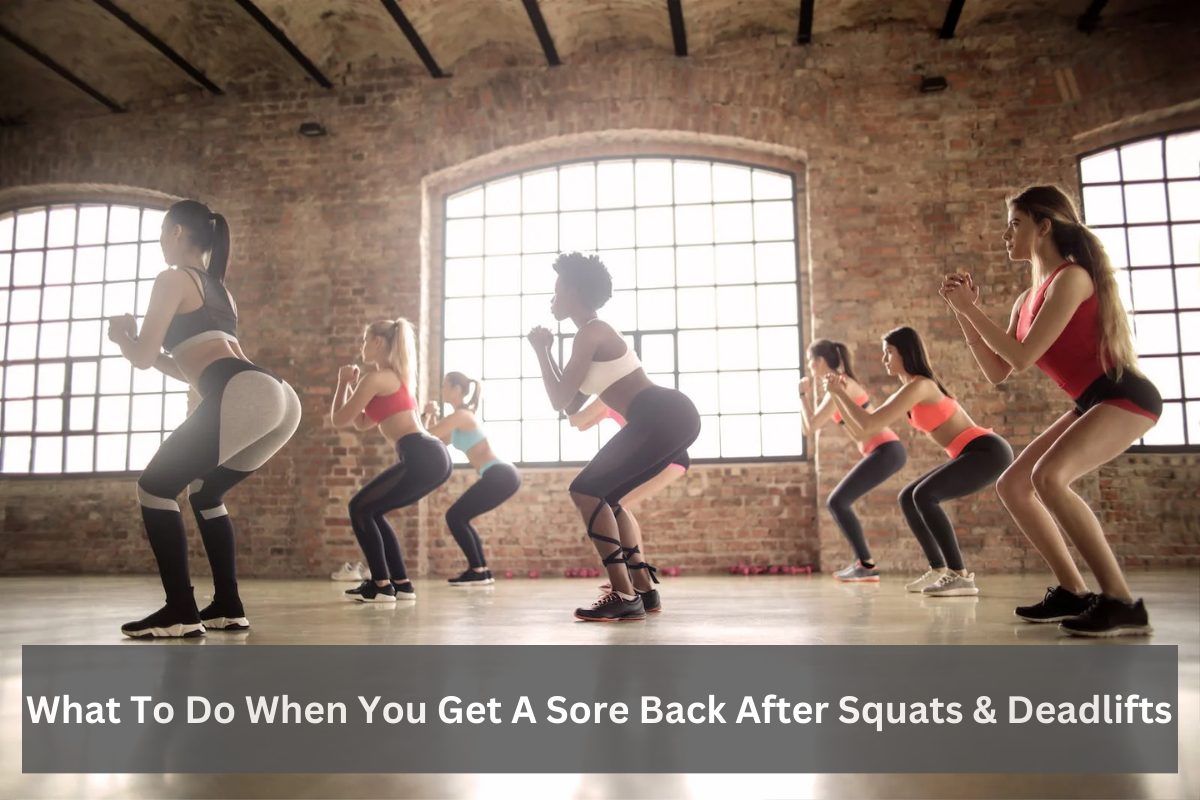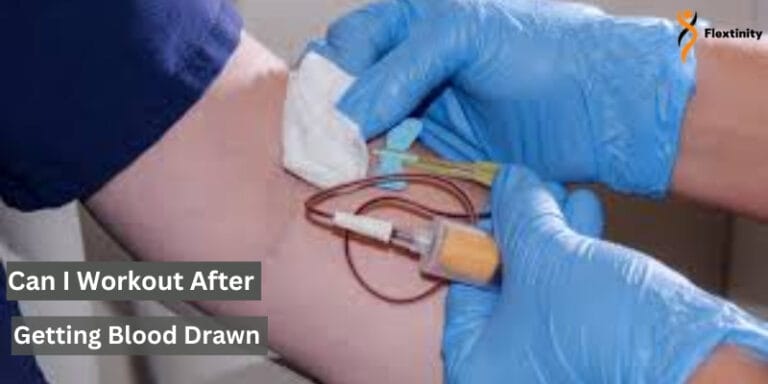What To Do When You Get A Sore Back After Squats & Deadlifts
Weightlifting, particularly squats and deadlifts, is an excellent way to build strength and muscle. However, it’s not uncommon to experience soreness, especially in the lower back, after intense sessions. In this article, we’ll explore the potential reasons behind back soreness, preventive measures, and effective strategies for recovery.
Understanding the Causes:
- Poor Form:
- Incorrect technique during squats and deadlifts can put unnecessary stress on the lower back.
- Overtraining:
- Excessive training volume or intensity without adequate rest can lead to muscle fatigue and soreness.
- Muscle Imbalances:
- Weakness or imbalances in the core and posterior chain muscles may contribute to back discomfort.
Immediate Actions:
- Ice and Heat:
- Apply ice to the sore area for the first 48 hours to reduce inflammation, then use heat to promote blood flow and relaxation.
- Rest:
- Allow your body to recover by taking a break from intense lifting. Focus on lighter exercises or rest altogether.
- Anti-Inflammatory Medication:
- Nonsteroidal anti-inflammatory drugs (NSAIDs) can help alleviate pain and reduce inflammation, but consult a healthcare professional before use.
Long-Term Strategies:
- Evaluate and Correct Form:
- Work with a trainer to ensure proper form during squats and deadlifts. Small adjustments can make a significant difference.
- Strengthen Core Muscles:
- Incorporate exercises that target the core, such as planks and bridges, to provide better support for the lower back.
- Gradual Progression:
- Avoid sudden increases in weight or intensity. Progress gradually to allow your body to adapt to the demands of the exercises.
- Mobility and Flexibility Work:
- Include stretches and mobility exercises in your routine to enhance flexibility and reduce muscle tightness.
- Post-Workout Recovery:
- Implement a proper cool-down routine, including stretching and foam rolling, to aid in muscle recovery.
Professional Guidance:
- Physical Therapy:
- Consult a physical therapist to address any underlying issues, receive personalized exercises, and improve overall muscle function.
- Massage Therapy:
- Regular massages can help release muscle tension and improve blood circulation, aiding in recovery.
- Chiropractic Care:
- If the soreness persists, consider visiting a chiropractor for spinal adjustments and alignment.
Preventive Measures:
- Warm-Up Routine:
- Prioritize a dynamic warm-up before lifting to prepare your muscles and joints for the demands of squats and deadlifts.
- Hydration and Nutrition:
- Stay adequately hydrated and maintain a balanced diet to support muscle recovery and overall health.
- Listen to Your Body:
- Pay attention to signals of fatigue and discomfort. If something doesn’t feel right, modify your workout or take a break.
Conclusion:
Experiencing a sore back after squats and deadlifts is not uncommon, but addressing it promptly and incorporating preventive measures into your routine can significantly reduce the risk of future discomfort. Remember, it’s crucial to prioritize your body’s signals, seek professional advice when needed, and maintain a holistic approach to your fitness journey for long-term success.






